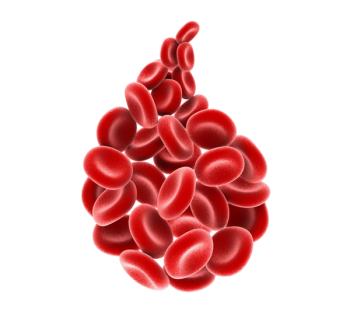
- Oncology Vol 29 No 4_Suppl_1
- Volume 29
- Issue 4_Suppl_1
(P129) Bone Marrow Aspiration Under CT Guidance: Technique and Value
Bone marrow aspiration under CT guidance is a safe procedure that has become commonplace at our institution. Pain is minimal, even in the absence of sedation. All biopsies performed at our institution with participation from the pathology department have resulted in diagnostic specimens, and relationships with healthcare stakeholders have improved.
Cory Pfeifer, MD, Tyler Ternes, Shannon St. Clair, William Palko, MD, Christopher Dakhil; University of Kansas, Wichita; Lenox Hill Hospital; Wesley Medical Center; Cancer Center of Kansas
PURPOSE: (1) Describe the quality basis for our institution’s transition toward computed tomography (CT)-guided bone marrow aspiration. (2) Identify the equipment and approach used in bone marrow aspiration, as well as its pitfalls. (3) Outline the steps employed at our institution. (4) Emphasize the role of the partnership between radiologists, pathologists, and oncologists in the successful execution of the procedure.
BACKGROUND: The shift toward quality-based health care delivery models has underlined the need to provide accurate diagnoses with as few complications as possible. These changes in our health care structure parallel procedure-complicating factors, such as changes in typical patient body habitus and clinician availability to perform standard bone marrow aspiration. At our institution, radiologists have partnered with oncologists to address these challenges by providing high-quality service with minimal complication rates utilizing CT guidance.
PROCEDURE DETAILS: Standard CT guidance is utilized to localize the bilateral posterior iliac crests, and a posterior technique is employed with the patient in the prone position. We approach the patient from the contralateral side of the iliac target. Our experience has shown that pathologists prefer to supply T-handle twist-type biopsy needles for sampling, as opposed to the hammer-based needle setup. Feedback from the pathology service has suggested that the hammer method results in greater contamination by peripheral blood. Once the marrow cavity is accessed, we aspirate separate marrow aliquots for slide fixation with a histotechnologist at the bedside who prepares the fresh specimens. A sample core is then obtained and preserved separately. Communication with the ordering oncologist is essential for specimen acquisition, as flow cytometric analysis and specific marker assays require disparate bedside preservation techniques. Our stepwise technique will be described pictorially.
CONCLUSION: Bone marrow aspiration under CT guidance is a safe procedure that has become commonplace at our institution. Pain is minimal, even in the absence of sedation. All biopsies performed at our institution with participation from the pathology department have resulted in diagnostic specimens, and relationships with healthcare stakeholders have improved.
Proceedings of the 97th Annual Meeting of the American Radium Society -
Articles in this issue
Newsletter
Stay up to date on recent advances in the multidisciplinary approach to cancer.


















































































